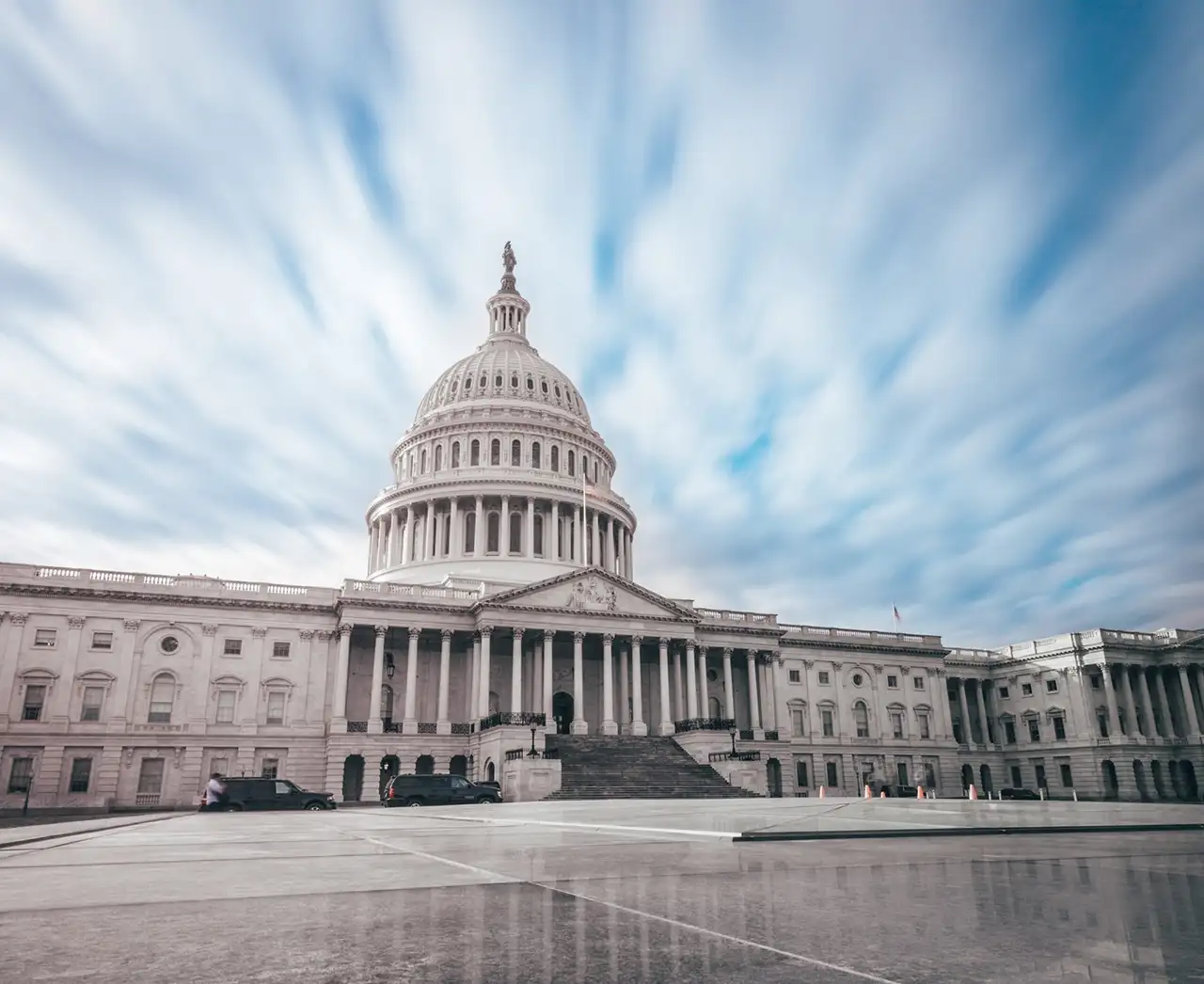
On Friday, March 27, 2020, President Trump signed into law the Coronavirus Aid, Relief, and Economic Security Act or the “CARES Act”. The CARES Act creates a number of different programs that aim to support society and the economy during the COVID-19 public health and economic crisis. These programs are targeted at specific sectors of the economy (such as airlines, businesses critical to national security, and the health care sector) providing benefits to individuals and providing support to small, medium and large businesses. This article summarizes one of the key programs established to support small businesses, the Paycheck Protection Program (the “Program”)
Generally. The Program provides loans to small businesses. The Program is structured as an amendment to existing laws authorizing the Small Business Administration to lend to the small business community. The central feature of the Program is that a portion of the loans is forgivable.
Eligibility. The Program expands the SBA’s criteria for eligible businesses that may borrow from the SBA or an SBA approved bank or commercial lender. Generally, any business with 500 employees or less will be eligible for Program loans. Certain self-employed individuals, individuals, and sole proprietors will also be eligible. An eligible recipient applying for a covered loan must make a good faith certification that (i) the uncertainty of current economic conditions makes necessary the loan request to support the ongoing operations of the eligible recipient and (ii) acknowledging that funds will be used to retain workers and maintain payroll or make mortgage payments, lease payments, and utility payments.
Maximum Loan Amount and other Loan Terms. The maximum amount of Program loans is two and a half times the borrower’s average total monthly payments for payroll costs incurred during the 1-year period before the date on which the loan is made. A different set of rules applies to seasonal employers. According to the statute, the maximum interest rate is 4% and the maximum maturity of covered loans is 10 years. The SBA has issued guidance stating that the interest rate will be 1% and the term of covered loans will be two years. No payments are due for at least 6 months.
Definition of Payroll Costs. Payroll costs are broadly defined to include salary, wages, commissions, severance payments, retirement benefits, payments for the provision of group health care benefits, payment of State or local tax assessed on employee compensation, and include payments of compensation to or income of a sole proprietor or independent contractor. Payroll costs exclude compensation in excess of an annual salary of $100,000 and any compensation of any employee whose primary place of business is outside of the United States.
Uses of Loan Proceeds. A borrower may use Program loan proceeds to pay for payroll costs, group health care benefits, rent, utilities and interest on debt obligations. The proceeds must be used before June 30, 2020.
Loan Forgiveness. A borrower is eligible for forgiveness of principal indebtedness on a Program loan in an amount equal to the sum of the following costs incurred and payments made during the 8 week period beginning on the date of the origination of the Program loan: payroll costs, payment of interest on any covered mortgage obligation, covered rent obligations, and covered utility payments. To qualify, rent, mortgage, and utility obligations must be incurred pursuant to an agreement entered into before February 15, 2020. The SBA has issued guidance stating that at least 75% of the forgiven amount must have been used for payroll. For federal tax purposes, any amount of Program loan forgiveness is excluded from the Borrower’s gross income.
Reductions in Loan Forgiveness. The amount of loan forgiveness will be reduced in the same ratio that the number of the borrower’s full-time equivalent employees per month during the 8-week period beginning on the date of loan origination bears to the corresponding number for one of two designated periods before March 1, 2020. The borrower chooses which of the two designated periods will be used for the purposes of the calculation. Also, the amount of loan forgiveness will be reduced by the amount of any reduction in total salary or wages of any employee (other than employees earning more than $100,000 on an annualized basis) during the 8 week period commencing on the loan origination date that is in excess of 25 percent of the total salary or wages of the employee during the most recent full quarter during which the employee was employed before the Program loan’s origination.

